Ismahene Mesbah
Decoding protein structural folds, sequence and structural motifs for the mechanical stability of proteins
Team: Felix Rico (LAI) - Bianca Habermann (IBDM)
Her background
October 2021 - present | CENTURI PhD student
2019 - 2021 | M.Sc. in Bioinformatics: Software development and data analysis, Aix-Marseille University
2015 - 2019 | B.Sc. in Bioinformatics, Statistics and Modelling, Claude Bernard Lyon 1 University
Contact
About her PhD project
Mechanical unfolding of protein domains is a key regulator of mechanosensing [1]. Examples like titin Ig domains and talin rods, beta-sheet and alpha-helix folds, respectively, reveal the variety of structural motifs involved [2,3]. While it is known that beta-sheet proteins are more mechanically stable than alpha-helix proteins, we are still far from being able to predict unfolding forces from specific protein folds [4]. Atomic force microscopy (AFM) is a robust and well stablished method to determine the unfolding strength of protein folds. Computational biology, on the other hand, allows predicting structural folds, their associated functions as well as their evolutionary conservation [5]. We want to combine both approaches to find correlations between protein folds, associated protein sequence and structural motifs and their mechanical stability.
Predictions on still unknown protein sequence and structural motifs, as well as mutations or evolutionary changes in orthologs will be tested experimentally using AFM. This will provide a ground to correlate protein sequence and mechanics.







